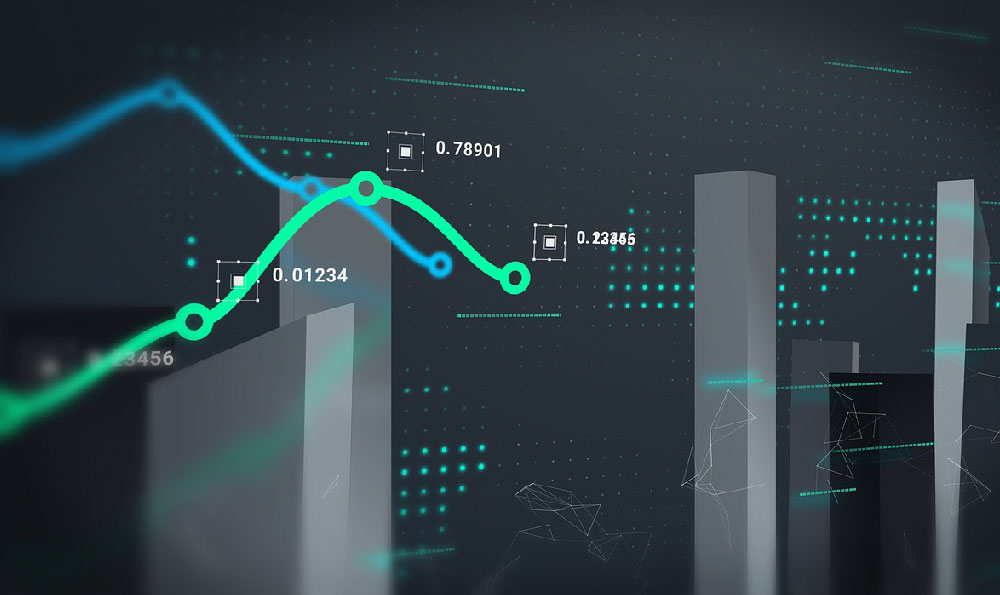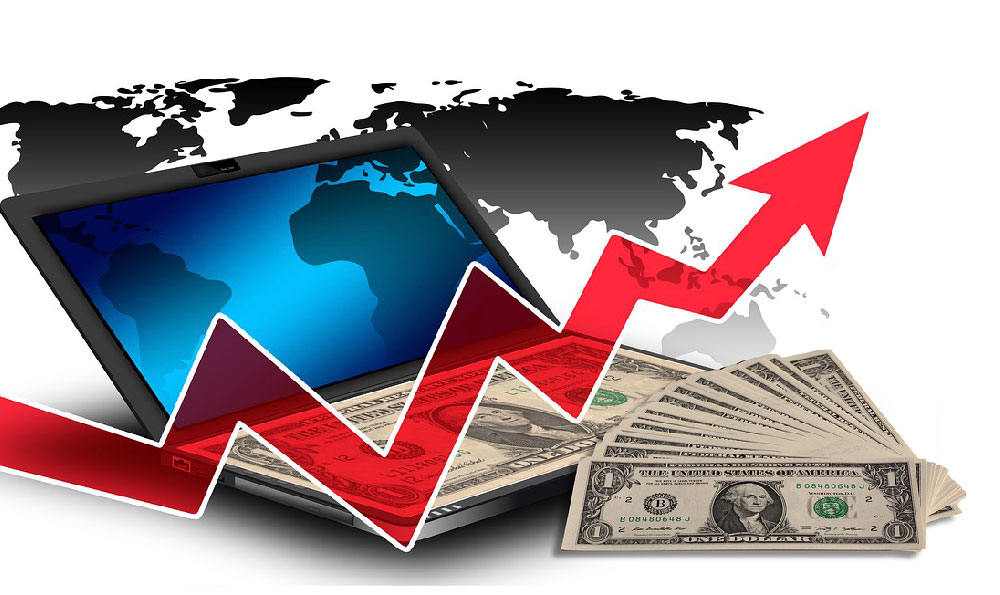How Many Views to Make Money on YouTube? What's the Magic Number?
Unlocking YouTube Monetization: Beyond the View Count
The allure of earning a living – or even a side income – through YouTube is undeniable. Visualizing your creativity translated into tangible financial rewards is a powerful motivator. But the path to YouTube monetization isn't always clear-cut. While racking up views is certainly a crucial element, fixating solely on a "magic number" of views is an oversimplification that can lead to frustration and misdirected efforts. The reality is far more nuanced and depends on a variety of interwoven factors.
The YouTube Partner Program (YPP): The Gateway to Monetization

Before even considering view counts, it's essential to understand the foundational requirement: the YouTube Partner Program (YPP). This program is the gateway to unlocking monetization features on your channel. As of the latest guidelines, the eligibility criteria for joining the YPP include:
- Having at least 1,000 subscribers.
- Accumulating 4,000 valid public watch hours within the past 12 months.
- Having an AdSense account linked to your YouTube channel.
- Adhering to YouTube's monetization policies and community guidelines.
- Enabling 2-Step Verification for your Google account.
These requirements serve as a baseline. Meeting them doesn't automatically guarantee substantial earnings, but they are the necessary prerequisites for participating in the revenue-sharing system. The 4,000 watch hours requirement, in particular, emphasizes the importance of creating engaging content that keeps viewers watching for extended periods.
CPM, RPM, and the Ad Revenue Equation
Once you're accepted into the YPP, the monetization process revolves around advertisements displayed on your videos. The money you earn isn't directly tied to the number of views alone. It's more accurately determined by two key metrics: CPM and RPM.
-
CPM (Cost Per Mille): This represents the cost advertisers pay for 1,000 ad impressions. An "ad impression" occurs each time an ad is shown on your video. CPM values vary significantly depending on factors like audience demographics, video content, advertiser demand, and the time of year. For instance, videos targeting business professionals might command higher CPMs than videos aimed at a general audience.
-
RPM (Revenue Per Mille): This is the revenue you earn for every 1,000 views after YouTube takes its share (typically around 45%). RPM provides a more realistic picture of your earning potential than CPM because it factors in YouTube's cut. RPM is influenced by the same variables that affect CPM, and it's the number you should closely monitor to gauge your channel's performance.
Therefore, calculating potential earnings isn’t as simple as saying “X views equals Y dollars.” A video with 10,000 views and a high RPM will generate considerably more revenue than a video with 100,000 views and a low RPM.
Factors Influencing CPM and RPM: Decoding the Variables
Several elements contribute to the fluctuation of CPM and RPM values:
-
Niche and Content Type: Certain niches are inherently more lucrative due to higher advertiser demand. Finance, technology, and education channels often attract premium advertisers willing to pay more for ad placements.
-
Audience Demographics: Advertisers are willing to pay more to reach specific demographics. A channel with a predominantly affluent audience in a developed country will likely command higher CPMs than a channel targeting a younger demographic in a developing country.
-
Ad Format: Different ad formats (e.g., skippable ads, non-skippable ads, banner ads) have varying CPM rates. Non-skippable ads generally yield higher CPMs but can also be more intrusive to viewers.
-
Seasonality: Advertising spend tends to peak during holidays and significant shopping seasons, leading to higher CPMs and RPMs during those times.
-
Video Length and Watch Time: Longer videos provide more opportunities for ad placements, potentially increasing revenue. High watch time also signals to YouTube that your content is engaging, which can improve your channel's overall standing and attract more advertisers.
-
Geographic Location of Viewers: CPMs and RPMs vary significantly by country. Views from countries like the United States, Canada, and the United Kingdom typically generate higher revenue than views from countries with lower advertising rates.
Beyond Ad Revenue: Diversifying Income Streams
While ad revenue is a common starting point, relying solely on it can be risky. YouTube creators often diversify their income streams through other avenues:
- Channel Memberships: Offering exclusive content and perks to paying subscribers.
- Super Chat and Super Stickers: Allowing viewers to purchase highlighted messages in live streams.
- Merchandise Shelf: Selling branded merchandise directly from your YouTube channel.
- Affiliate Marketing: Promoting products and earning commissions on sales.
- Sponsorships: Partnering with brands to create sponsored content.
Focusing on Creating High-Quality, Engaging Content
Ultimately, the most effective strategy for maximizing your YouTube earnings is to prioritize creating high-quality, engaging content that resonates with your target audience. This will naturally lead to increased watch time, subscriber growth, and a stronger channel overall. Instead of chasing a specific view count, concentrate on providing value to your viewers, building a loyal community, and optimizing your videos for search and discovery. This approach will not only increase your ad revenue but also open up opportunities for alternative income streams, creating a more sustainable and fulfilling YouTube career. The "magic number" is the number of views that come from consistently delivering exceptional content that keeps viewers coming back for more.














